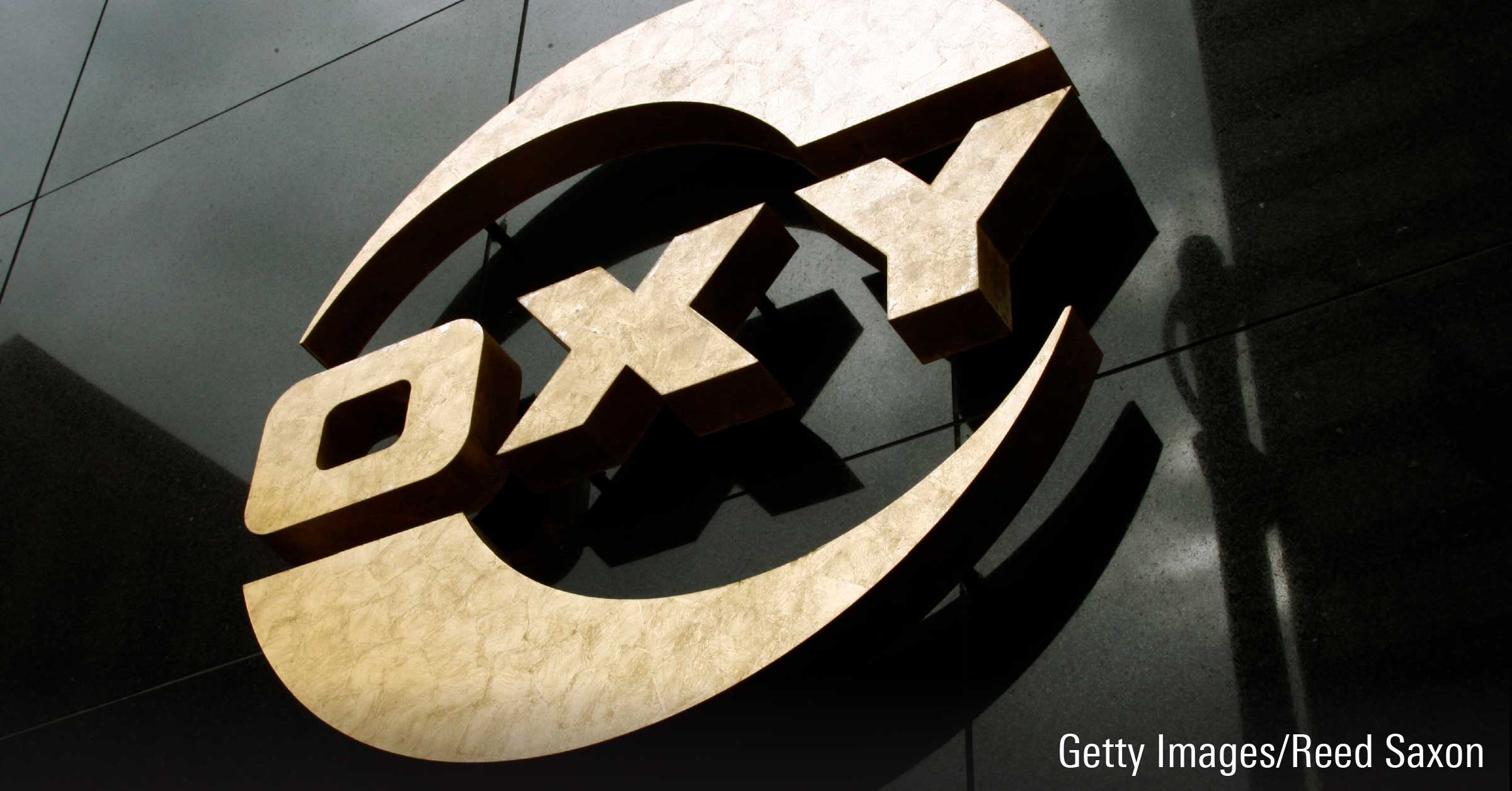The potential impact of the attack on Saudi Arabia's Abqaiq oil facility hinges on how quickly operations can be fully restored, and on whether the kingdom or its allies – including the U.S. – choose to retaliate.
The attack has choked off 5.7 million barrels of oil per day of output, which corresponds to about 6% of global production. In response, oil prices rose a little more than10% on the first trading day after the disruption was reported. That's a modest response for a disruption of this magnitude, suggesting hat the market expects it to be resolved quickly. The prevailing view in the media is generally consistent with that conclusion, although there isn't much concrete data and some reports have estimated shortages will last weeks or months. Saudi officials initially suggested one third of affected volumes could be restored within two days, and there has been no update yet.
Saudi inventories are not officially reported, but the Joint Organizations Data Initiative estimates the kingdom has 188 mmbbls held in reserve, which means it can theoretically maintain domestic consumption and exports at the prior level for about 37 days before shortages take hold. So if capacity is restored within that time frame the availability of supply should not be threatened and the maximum impact on annual supply would be capped at roughly 0.5 mmbpd. The implied drain on global inventories translates to roughly two days of forward supply, or 4% of the current OECD stockpile. In that scenario we would expect prices to slightly exceed what's in our current valuation models for one to two years, but our long-term outlook would not change as the WTI threshold to incentivize the appropriate level of U.S. shale activity would still be US$55. As a result, fair values would not dramatically increase for most of our energy coverage. The degree of any change would depend on the company’s financial and operating leverage.
However, there are reasons to be more pessimistic. For starters, there could be a quality mismatch, with a shortage of lighter grades. Reuters reported that buyers of Saudi crude are already being asked to take Arab Heavy instead of Arab light. And according to CBS News, citing the Center for Strategic International Studies, a Washington think tank, the satellite imagery released by the U.S. government shows that the Abqaiq damage limits Saudi Arabia's ability to process high sulfur crude into more desirable sweet crude. This could have profound ramifications, given that the IMO 2020 regulations preventing global maritime operators from using high sulfur fuel take effect in January2020.
And if the capacity of the facility cannot be restored before Saudi inventories are exhausted, we can expect persistent worldwide shortages. There is very little spare capacity for crude production globally, which means a reduction in Saudi exports cannot be easily replaced. Among OPEC producers, only Saudi Arabia, Iran, and Venezuela are operating below capacity. The Abqaiq outage certainly prevents Saudi Arabia from responding in this case, and the latter pair have limited access to international markets anyway due to U.S. sanctions. Iran has the technical ability to ramp its exports quickly, but as the likely instigator of the Abqaiq attacks there is no chance that the U.S. and Saudi Arabia will allow it to be the primary beneficiary by easing sanctions. And a rapid turnaround in Venezuela is impossible, given that output there has collapsed in the last few years due to chronic mismanagement of the oil industry, coupled with the wider economic malaise.
The U.S. does have the ability to eventually increase production to a degree, if producers -primarily shale companies – expect sustainably higher crude prices that would justify reversing the 15% decline in drilling activity that we have observed since the beginning of 2019.
However, even though shale volumes are considered short cycle supply there are still large lags between pricing shifts, changes in activity levels in the field, and any associated production response. Therefore, it would take at least 6-12 months for shale producers to start compensating for global shortages and even with a large increase in drilling activity we would only expect output to increase by 1-2 mmbpd at the most (which is much less than what Saudi Arabia has taken offline after this attack).
Instead, for a quick reaction the U.S. could choose to tap its Strategic Petroleum Reserves, which contain 645 mmbbls and could be released into the marketplace within two weeks. That could offset the current Saudi shortage for up to 113 days, theoretically. But there is a huge catch: the U.S. ability to export crude is already close to full utilization, following the rapid expansion of the shale industry in the last few years. Therefore, the U.S. could use the SPR to offset the 630 mbpd of current Arab light imports from Saudi Arabia, but that would only account for 11% of the capacity loss at Abqaiq. Any attempt to further stabilize the market with U.S. reserves would probably just create a domestic surplus while leaving the rest of the world undersupplied (merely widening spreads between domestic and international benchmarks).
Overall, as the rest of the world cannot fully compensate for a supply shortage of this magnitude, it is vital for Saudi Arabia to restore production volumes quickly to avoid a significant global oil shock. Early commentary and media speculation suggests this is possible, but satellite imagery reveals extensive damage and it is not unrealistic to expect full repairs to drag on for months. Saudi inventories could provide some insulation initially, and its exports to U.S. and Europe could be redirected elsewhere as storage levels in those regions are currently substantial. But global inventories cannot mitigate the impact of a 5 mmbpd loss of supply indefinitely, and the consequence of this level of shock has not yet been priced in by the oil markets. Energy investors should therefore be cognizant that a further spike in prices is plausible, pending further detail from Saudi Arabia on the extent of the damage and the time frame for recovery.




















